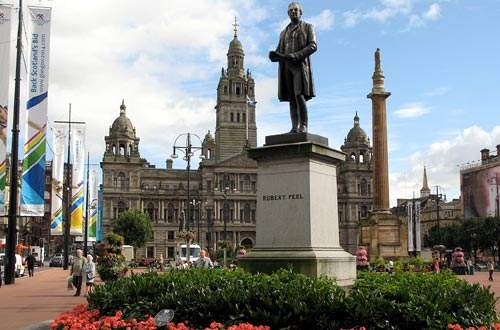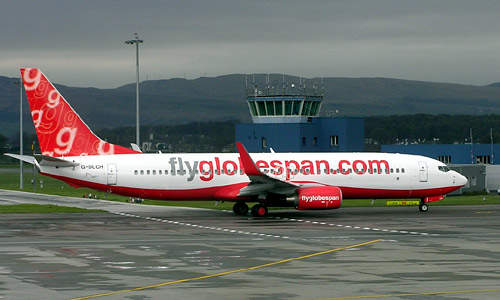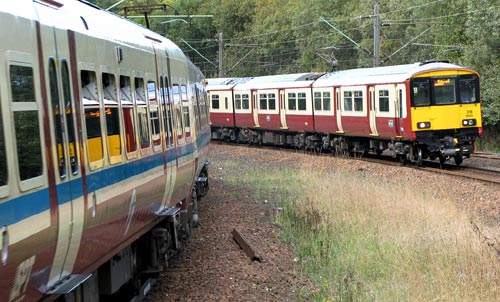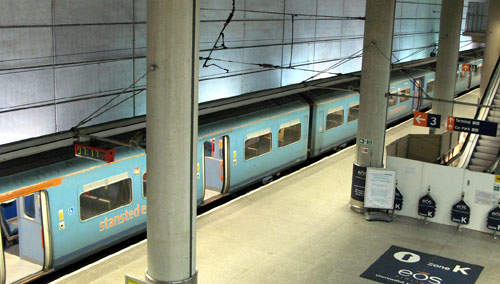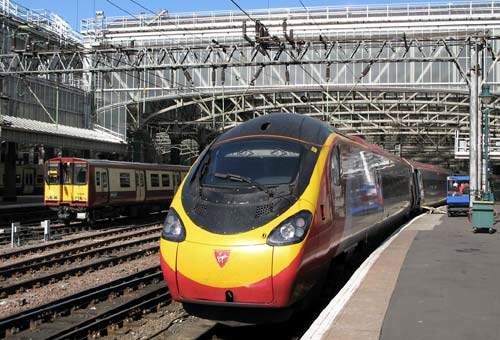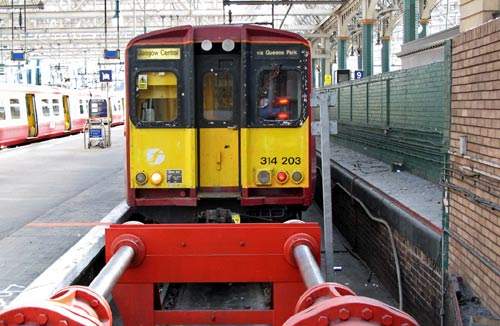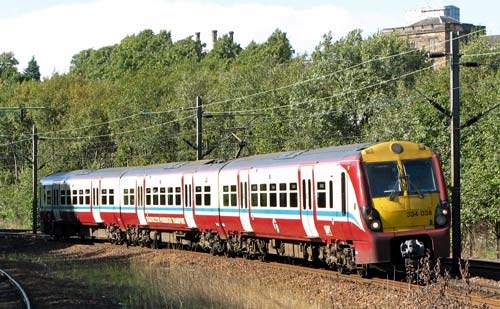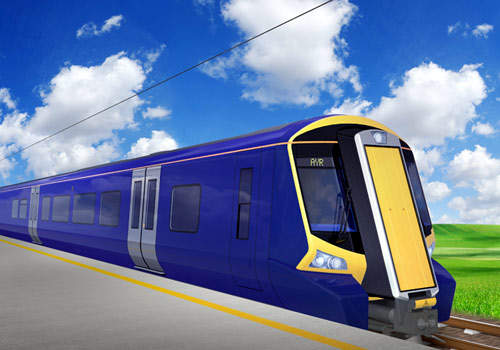Glasgow is Scotland’s largest city with around 2.3 million in the conurbation. It also has the country’s busiest international airport, in spite of only starting in its civil role on the present site as recently as 1966.
The importance of a rail link to large airports is evident in the number to have developed in recent years. Generally the basic rail infrastructure of a country or city predates the development of its airports. Airports were therefore rarely built into the network, even if, as is often the case in urban areas, they are frustratingly close.
The project
The Glasgow Airport Rail Link (GARL) project was proposed to embody many of the above issues: an airport experiencing rapid growth; near, but not on a rail line; a need to shift travellers away from crowded roads; and the opportunity to not just get passengers to/from the adjoining city, but to lock into a pre-existing range of rail services.
The project was, however, scrapped in September 2009 as part of public spending cuts by the Scottish Government.
As one of the region’s largest single employment locations with 5,300 jobs on site, GARL was also promoted as a quicker and more environmentally friendly way of going to and from work.
For such substantial operations by a full range of aircraft types, Glasgow International is very close to the city, just south of the River Clyde and around 8 miles (13km) west of the city centre.
Its growth followed a reversal of the original plan to concentrate services at the more distant Prestwick, so much so that with around 9 million passengers per year, Glasgow is now the UK’s seventh busiest airport, compared to Prestwick’s position of 17th. In October 2008 the £31m ‘Skyhub’ extension opened, part of a current £200m investment programme at Glasgow Airport. With a projected 15 million passengers by 2030, GARL has become a necessity rather than a luxury.
Although not without adverse comments regarding costs or conversely that the scheme was not ambitious enough as a spur operation, unlike the narrow approval for Edinburgh’s tram network, the GARL proposal was passed in the Scottish Parliament by the huge margin of 118 votes to 8.
In August 2006 the original project sponsors Strathclyde Partnership for Transport (SPT) awarded GARL contracts for design and technical support consultancy to Atkins Ltd (approximately £2m); property services support to GVA Grimley and infrastructure works in respect of modifications to the current line to Network Rail services.
WWest Lothian-based Soil Mechanics was awarded a £1.3m ground investigations contract in November 2007 for detailed investigations along the alignment of the new airport spur. The Scottish national transport agency, Transport Scotland had taken over GARL project control from SPT by mid-2008. They indicate that the economy will benefit to the value of £1.28 returned for each £1 spent on the link’s construction.
The project sponsors were Transport Scotland in association with Network Rail, with financial contributions from the European Commission and airport owner BAA. A locally controversial aspect of building this final section was the loss of sports grounds, an aspect addressed by a contract with Souters Sports for alternative facilities.
Infrastructure
As with other UK airports rail links like those to Manchester, London Heathrow and Stansted, Glasgow’s line was to be of the spur type, as opposed to being on a through route like the pioneering Gatwick station or Birmingham International.
From Glasgow Central to Paisley, GARL was to use the existing electrified Ayrshire Coast line. Briefly taking the Gourock/Wemyss Bay branch at Gilmour Street (the current closest station to the airport) before entering a new 2km double-track section, the St James Spur, it was to be mainly on embankments and viaducts, including a single-span bridge across the M8 motorway. The airport terminus station was to be built just south of the present multi-storey car park, with moving walkway connection to the terminals.
To provide the required extra capacity, a third track will be added between the Shields and Arkleston junctions. As a formerly four-track section, space is already available. At the city terminus of Glasgow Central, a current short platform on the western side was proposed to be lengthened further towards the concourse to accommodate GARL services. Work to transfer to new overhead line equipment was scheduled to begin at the end of August 2008.
Rolling stock
Ending earlier speculation about the rolling stock to be deployed on GARL services, in July 2008 Transport Scotland and operator First ScotRail announced an order with Siemens Mobility valued at over €300m for 22 three-car and 16 four-car electric multiple units, the contract including a maintenance and spare parts service. Lease arrangements were to be made with HSBC Rail (UK).
Mainly for general use in the west of Scotland including Glasgow Airport, the 160km/h (100mph) air-conditioned Desiro Class 380 was planned to be built at Krefeld-Uerdingen in Germany for delivery from December 2010. To handle the new trains, capacity at Glasgow’s Shields Road depot was planned to be expanded.
Taking 16min end-to-end, the projected service was at 15min intervals. An intermediate stop at Paisley Gilmour Street would have added capacity for this important town within the Glasgow conurbation. It would also have remove the need to go into Glasgow itself to join the airport line for those travelling to or from south-west of the city.
Signalling / communications
As an extension of an existing system and using conventional stock, GARL was to be signalled as per UK norms. Communication at stations and aboard dedicated stock was to take account of the needs and expectations of visitors.
The future
Procurement for the project was announced in June 2008. In 2007 Glasgow was awarded the 2014 Commonwealth Games, by which time GARL should have had over three years of operation. The Games have also been linked with plans for expansion of the city’s distinctive metro line that rings the city centre. Procurement for the GARL project was announced in June 2008, with expressions of interest sought for a construction contract expected to be valued at between £90m and £130m.
The contractual award was to be made in summer 2009 for an autumn 2011 completion. But, in September 2009, the Scottish Government announced the cancellation of the Glasgow Airport Rail Link project to cut public spending. However, the work on the main line between Glasgow Central and Paisley will be continued. The project, known as Paisley Corridor Improvements (PCI), will be completed by January 2012
Alongside the GARL campaign, SPT has continued to support the Crossrail Glasgow scheme that would substantially lessen the divide between services to the Queen Street and Central termini. Although the scheme has not been included in Network Rail or official Scottish transport plans, any such link would open up the airport for through services north and east of Glasgow.

